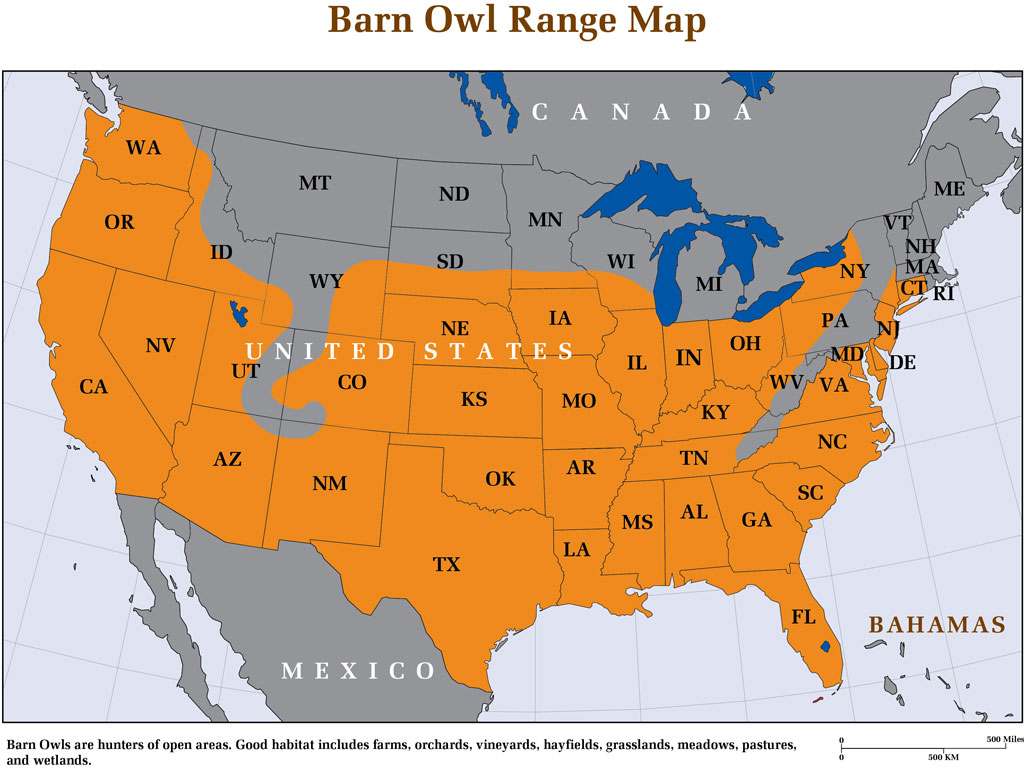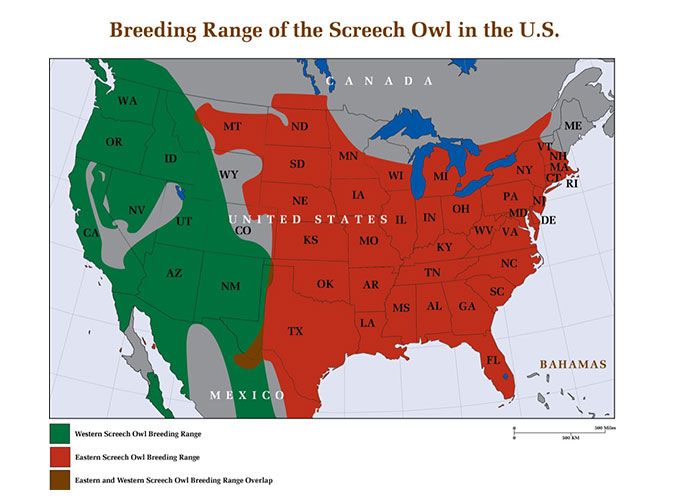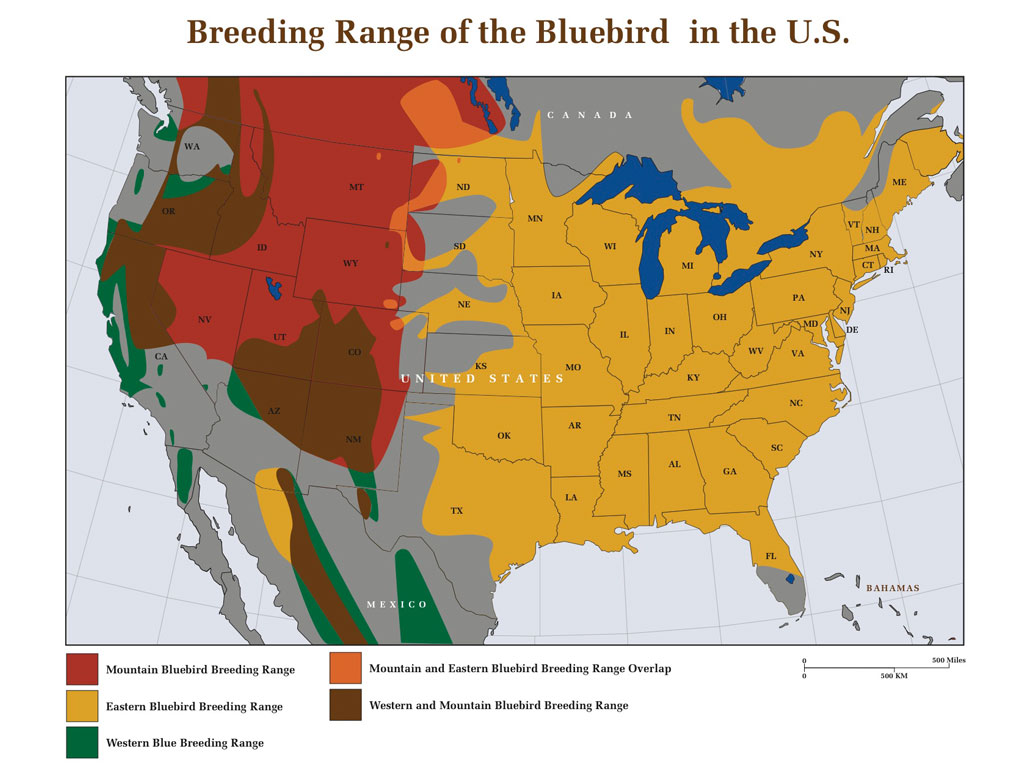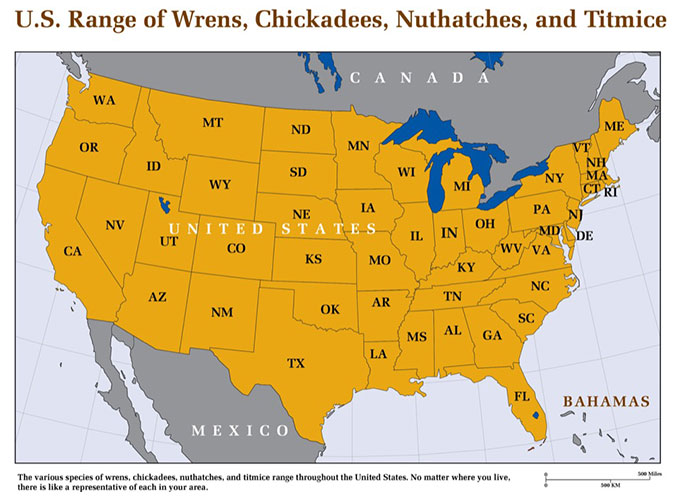Free Shipping to the Contiguous United States
Kestrel Facts
- Combine day-hunting kestrels with nocturnal-hunting barn owls to hit rodent populations around the clock.
- During breeding season, a kestrel family can consume upwards of 500 voles or mice, and a large number of injurious insects including grasshoppers and locusts.
- Numerous farmers of various crops have been erecting kestrel boxes for decades.
An added benefit is simply having these beautiful, acrobatic hunters around. - The kestrel does not build a nest but instead relies on taking over crevices, hollows in trees, and the nests of other birds. This makes it easy to attract them to nest boxes.
- The lack of suitable nesting sites is often the greatest limiting factor for kestrel populations.
- Kestrels prefer nest boxes over natural cavities, mainly because most natural cavities are more cramped than manmade boxes.
- The kestrel is an inhabitant of open fields, croplands, and orchards.
- Once widely known as “the sparrow hawk”, the name kestrel is now more commonly used.
- Although kestrels generally migrate southward in the winter, they return to their previous territories and nest sites year after year.
- Females tend to winter farther south than males.
- A kestrel family will eat upwards of 500 voles or mice per year as well as numerous grasshoppers and locusts.
- Kestrels generally begin breeding in early April or May, but often breeding activity reaches its peak in early June.









